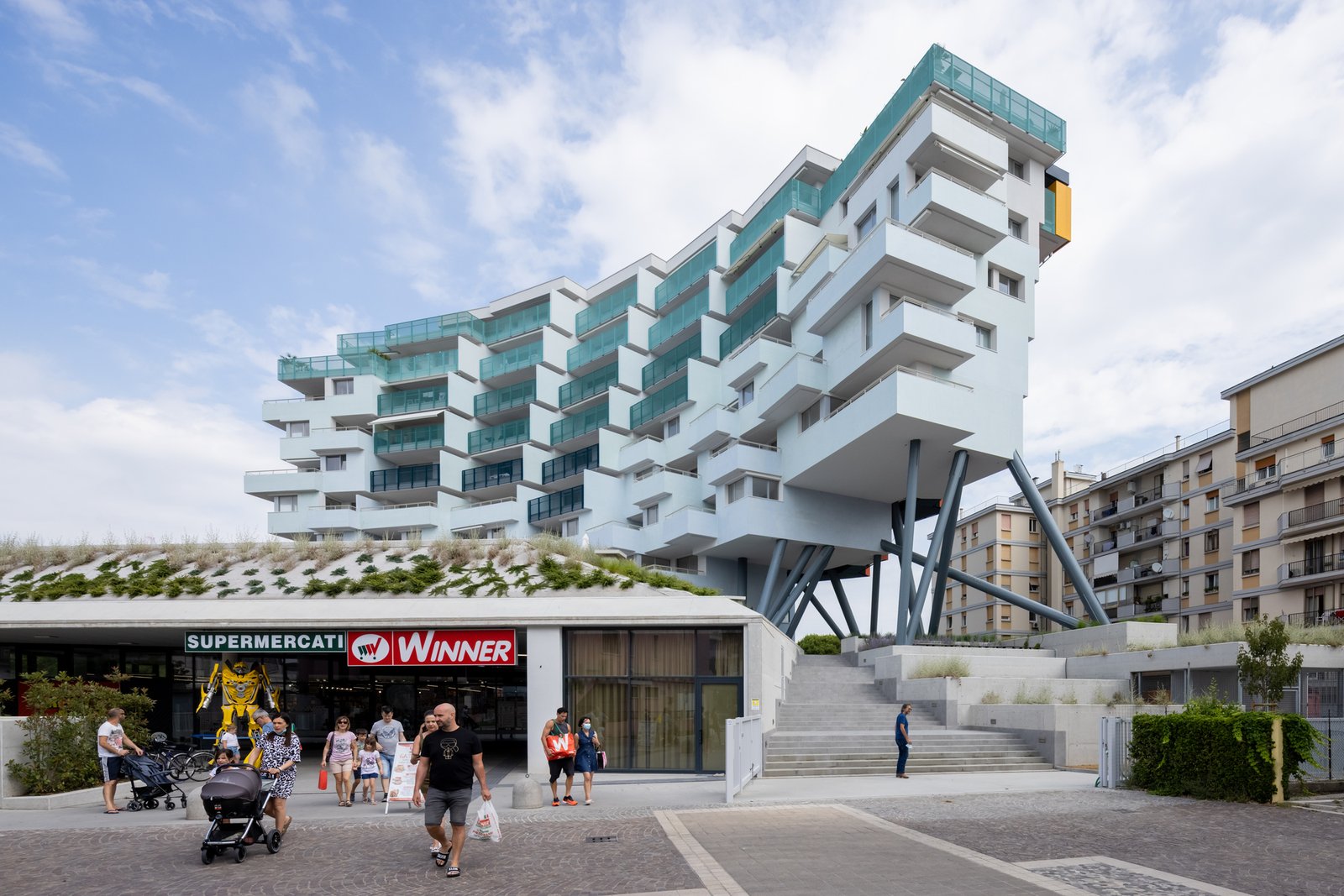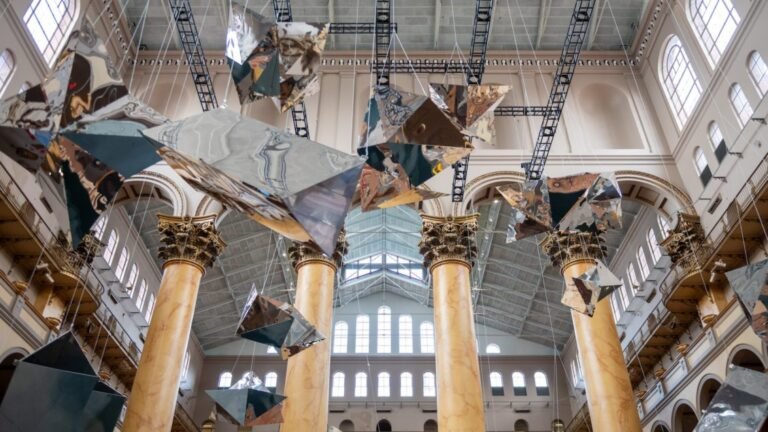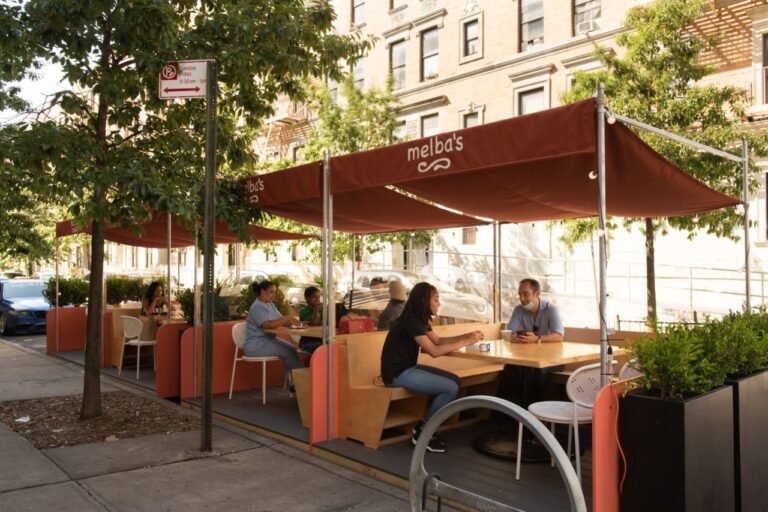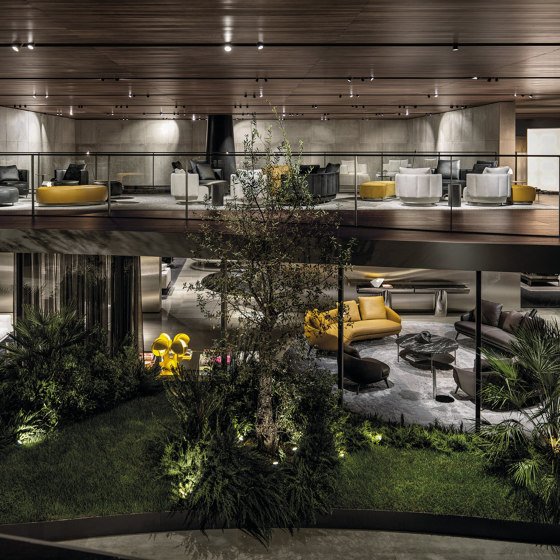Le bâtiment descendant l’escalier Building / Elastico Farm
Le bâtiment descendant l’escalier Building / Elastico Farm


Text description provided by the architects. Le bâtiment descendant l’escalier is the residential and commercial building that ELASTICOFarm completed, together with bplan, in Lido di Jesolo, a tourist seaside destination close to Venice, Italy. The building emerges with strength and determination amid suburban sameness to affirm the need for renewal and redemption from the banal uniformity of the surrounding constructions. At the same time, it establishes an effective relationship between private and shared spaces and the public realm of the city.


Sited just 150 meters from the beach, the building stands out, formally as well as size-wise. Its two programs — commercial at street level and residential on the 8 floors above — are separated by a “ghost” floor that provides an open and partially covered area of approximately 2,000 square meters for amenities. Raised above street noise, it promotes sociability among neighbors and welcomes passersby.

This space, which ideally extends the public realm into the building, is characterized by an exuberant structural solution that allows the upper floors to disengage from the urban fabric. A forest of steel columns supports the residential floors which, as if suspended, are arranged in the form of an arc. Conceived as a vineyard that is arranged to enjoy maximum sun exposure, the upper portion of the building accommodates apartments each endowed with large terraces and open views towards the great Venetian lagoon, the Dolomites as a backdrop.

The circulation system for the residences extends the idea that guides the project by offering itself as a device that promotes encounters among the inhabitants. Common and private areas are located on all floors, with balconies that distinguish the north-facing side of the building. An unexpected appearance in which colors and materials play an important role in the perception of the new architectural organism.

As Pujatti has put it, “this urban intervention plays the ambiguous role of responding to the needs of investors just as it critiques and revisits the given functional and spatial program. In responding to their demands, in fact, the project explores new possibilities and promotes a different way in which private residences engage with the urban as well as the natural environment and its inhabitants.”
The quality of this project is measured in its ability to exploit the location and the building type to create an architecture in which communal space becomes the protagonist of brilliant experimentation.









